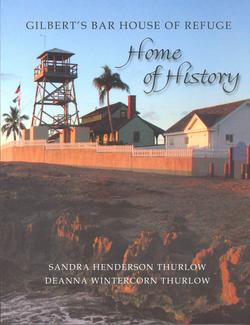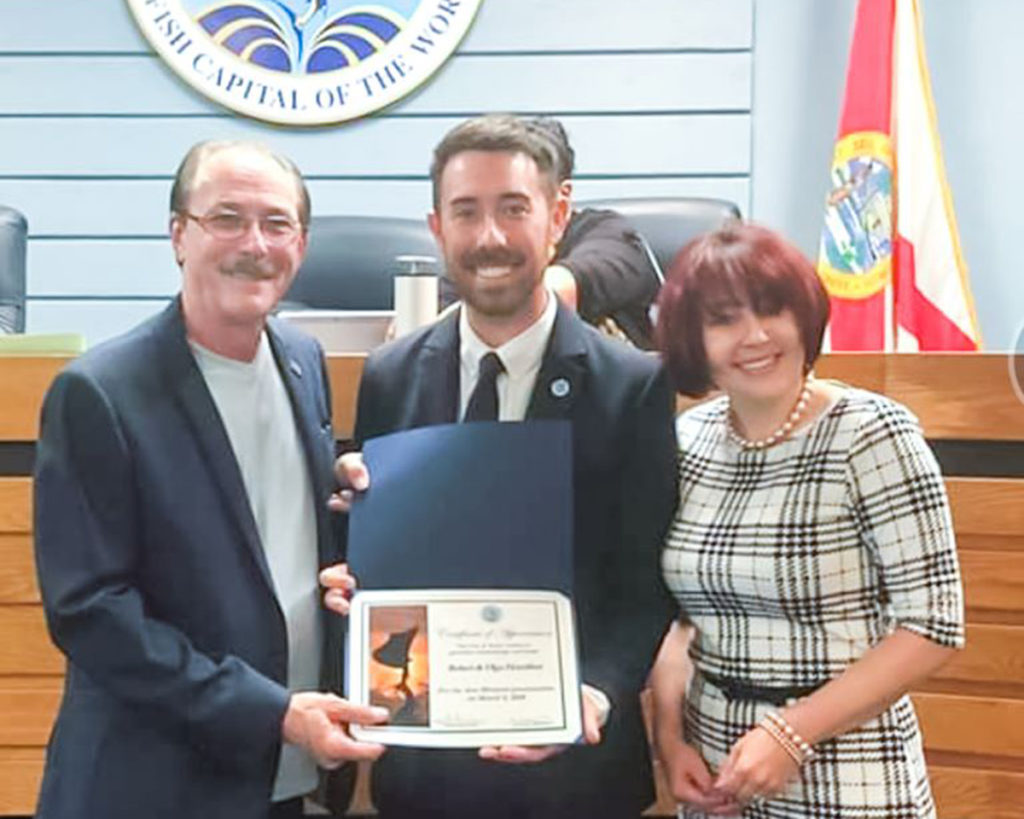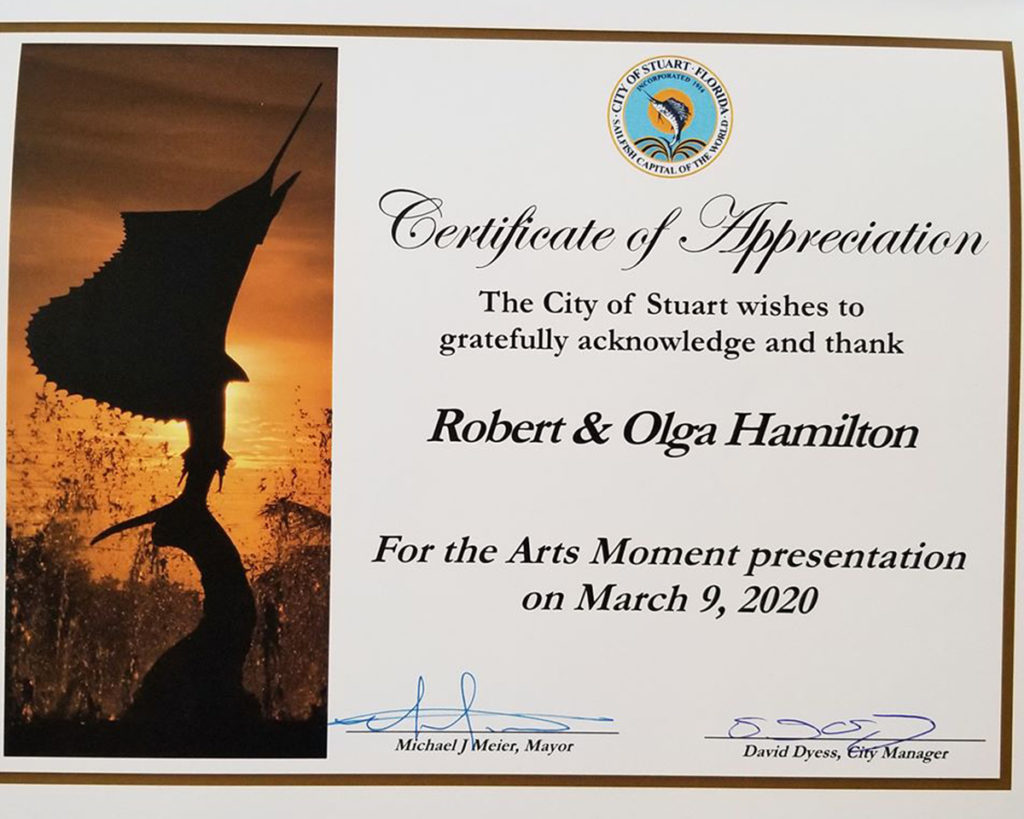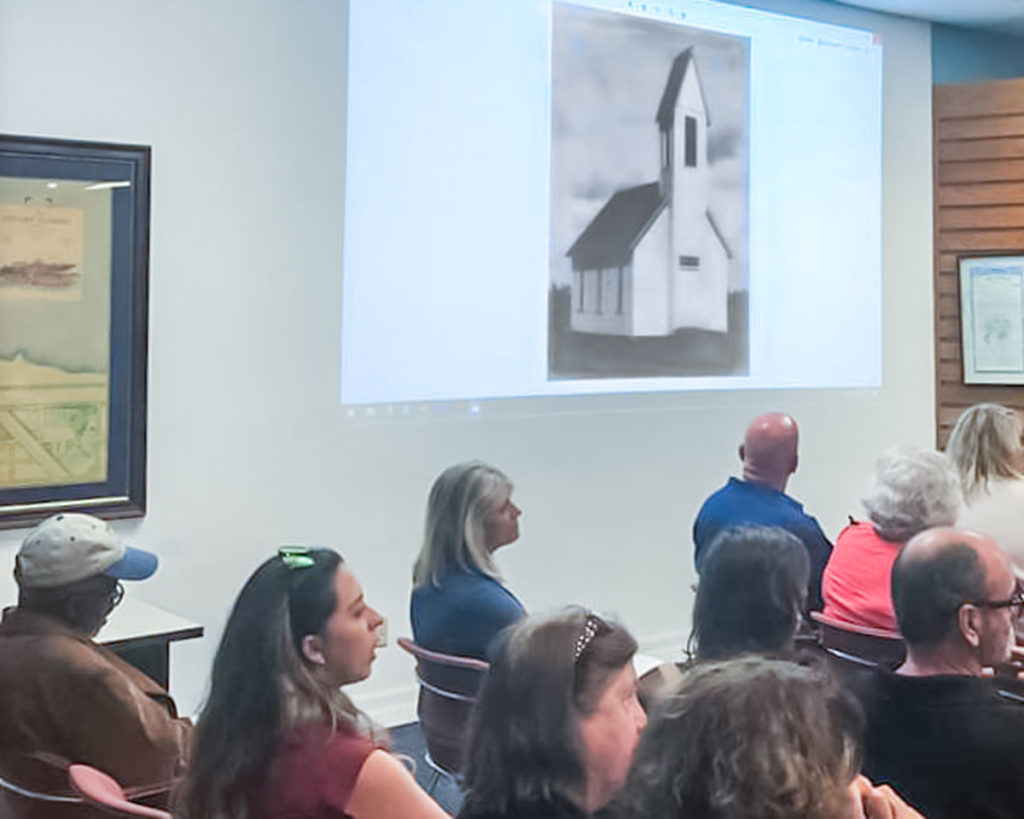The First Community Church in Stuart, Florida
Our Big Thank you to Alice L. Luckhardt and Sandra Henderson Thurlow for the provided historical information.
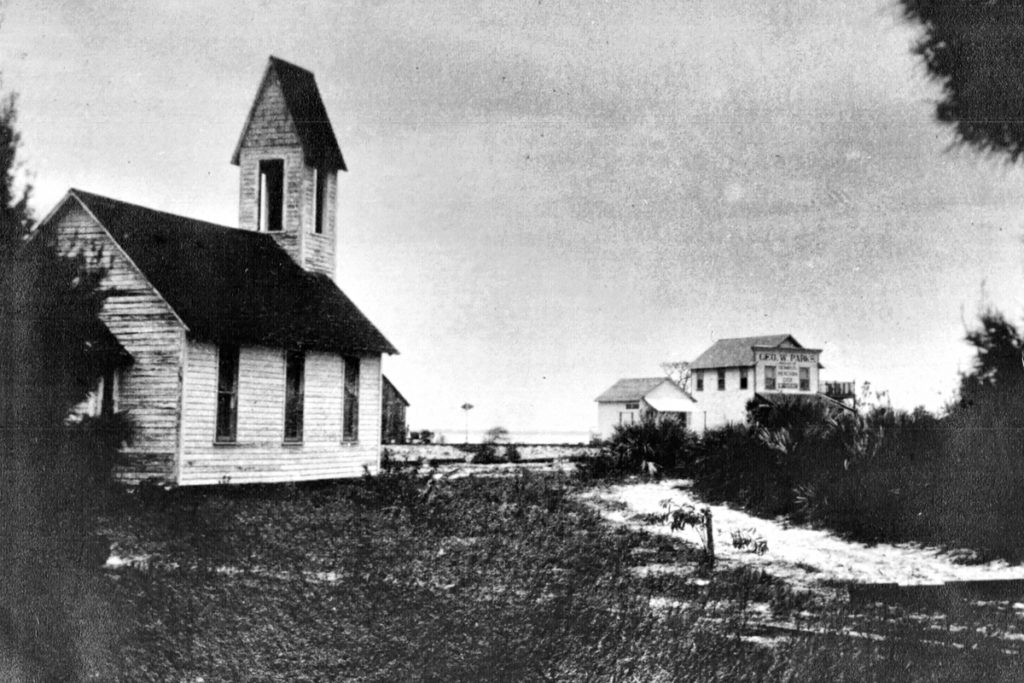
The town’s first church was built by the First Methodist Church in May 1895 with wood supplies sent via a boat from Titusville. Its dedication was June 1895. The church was painted white with a red roof. The unique church steeple guided newcomers down the St. Lucie River and attracted attention of the passengers on the first FEC Railway trains. Other religious congregations could also use the building until they built their own local church, the reason for reference as a ‘Community Church’.
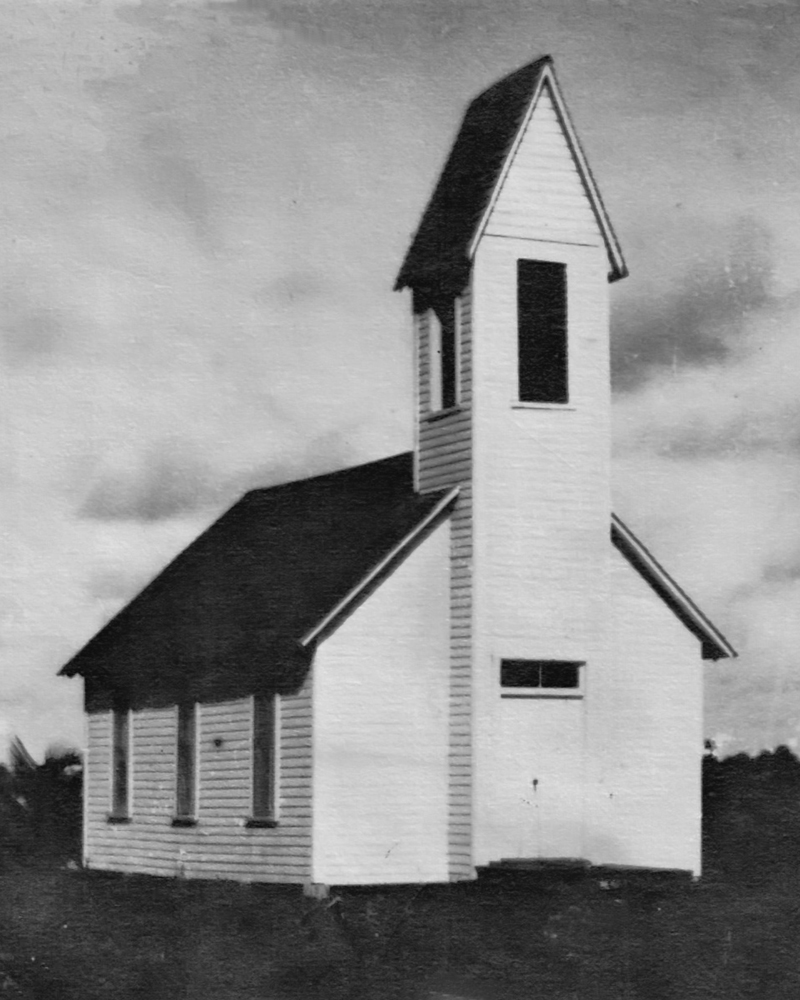
Originally located on the southwest side of the FEC tracks between Dixie Highway and Avenue E (now known as US Highway 1), it was part of Kitching Addition (land which had been donated by Walter and Emma Kitching) in the Potsdam Subdivision, Block 8, Lots 7 and 10 and placed close to the tracks so anyone traveling via the train could see the church steeple and know this was a civilized town. Just before 1900 there were 12 members for the Methodist Church.
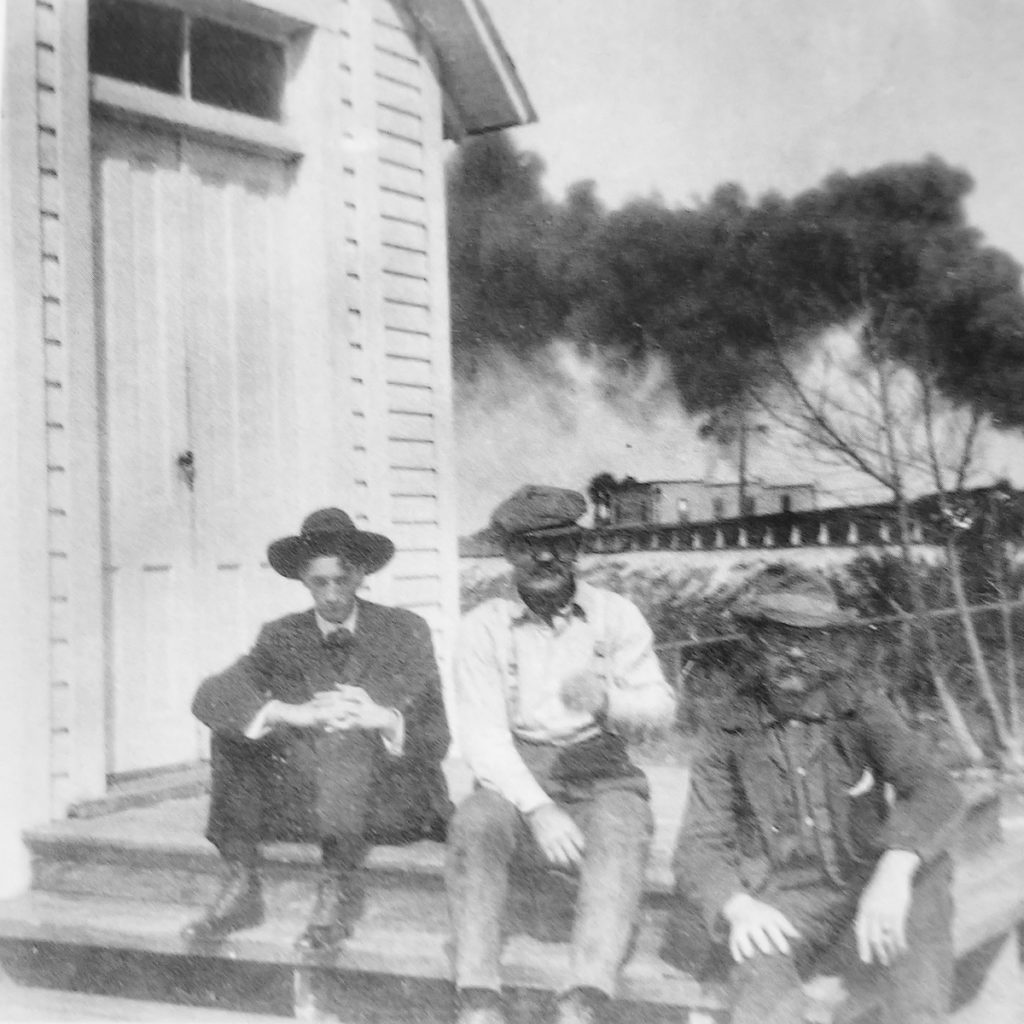
The seating capacity of the Community Church is unknown but would have be small in accord with the area’s population. Stuart’s population (whites and blacks) in 1900 was just under 100 people. In 1915-16 the population was about 1,000, and by 1917-1918 it was 1,200.
The First Methodist Church built another church building away from the railroad tracks, near Albany Ave in 1907, and the former community church was then used by numerous commercial businesses including the Hogarth real estate office, a restaurant, fruit store, The Stuart Times newspaper office and print shop, and Stuart Chamber of Commerce.
Members of the local Episcopal Church of All Saints in Jensen began planning on building a Stuart Episcopal Church in June 1925. They figured it would cost $30,000. Raising the necessary funds took awhile and in the mean time with hurricanes striking Florida including Stuart, banks closing and investment money not available, the hope of a church vanished.
A major move and transformation occurred in 1930 when a new reorganized Stuart Episcopal congregation still in need of a building looked at the former Community Church. This now deserted 1895 church was purchased for $300 by the congregation and moved in the summer 1930 to two donated lots (from Stanley Kitching and John Charles Hancock) on West 3rd Street and then renovated by the church members. Men with nails, hammers, saws, lumber and paint have been rushing about in an effort to transform the little building into an Episcopal church. This included removing the tall original steeple. They enlarged and improved the building with special wooden trim ‘arches’ made to adorn the outside windows and a Sunday School addition was built onto the original structure.
Squads of ladies armed with pins, needles and sundry materials have taken up their “residence,” with grim determination to have everything ready. No one could imagine what the united effort of those loyal and gallant church members could produce without a peek inside the now completed edifice. The little building was now not as small as it may look from the outside. It has comfortable seating capacity for 85 people not including the choir of about 10 persons.
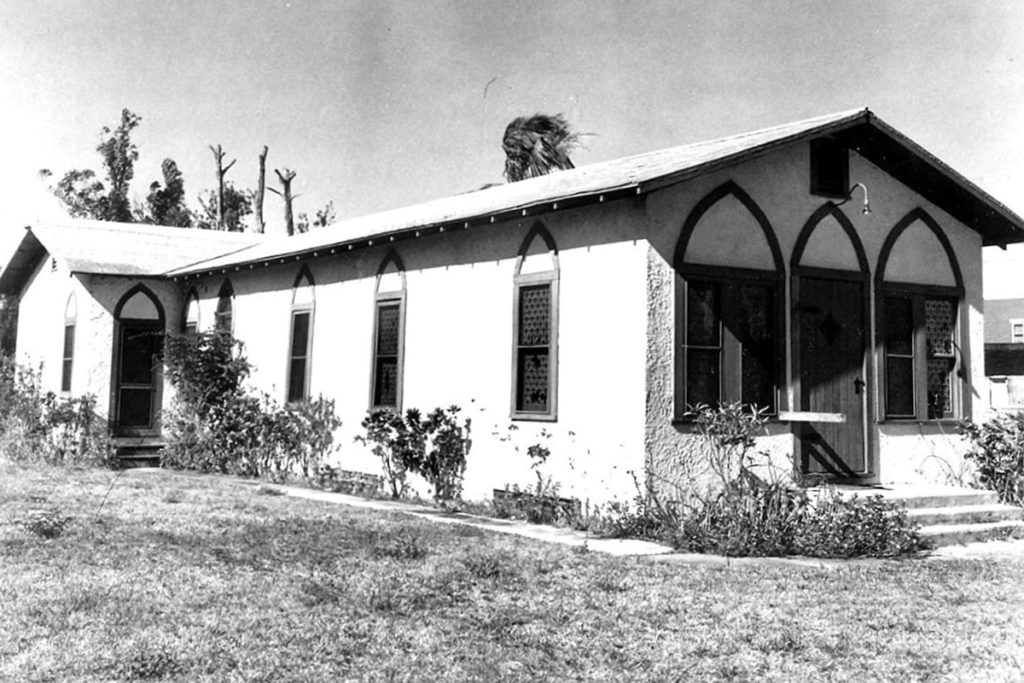
In January 1932, the building was ready for service, dedicated and named St. Mary’s Episcopal Church. Over the years the church was able to seat 120 people.
Added next door (on the left side) to the new St. Mary’s Episcopal Church was a special thatched structure which could be used for large church meetings, pageants and shows put on by different members of the congregation.
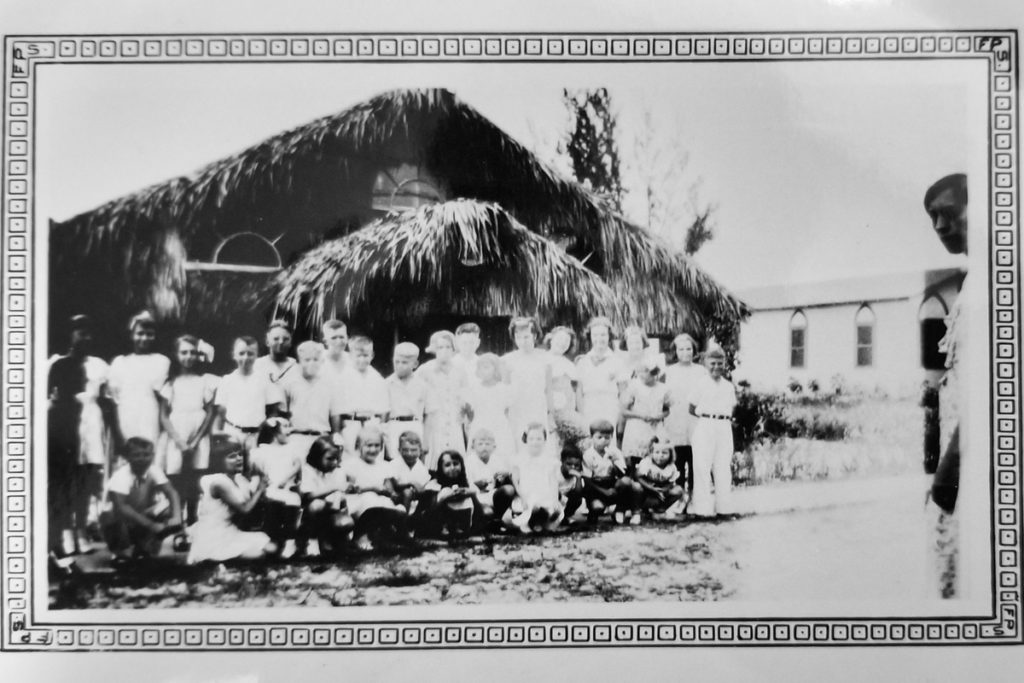
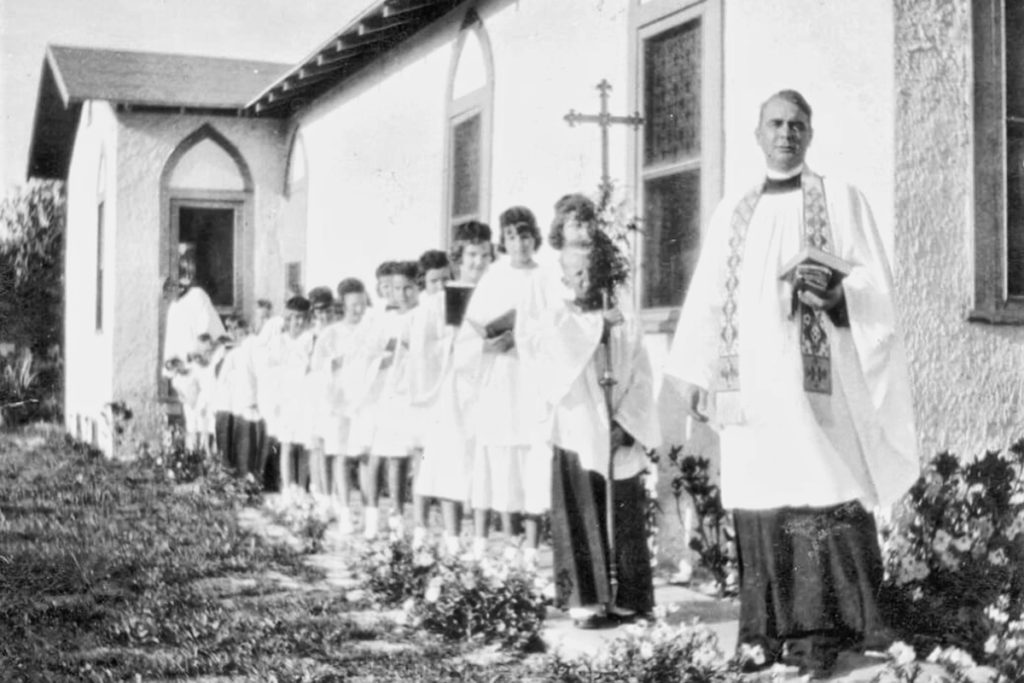
St. Mary’s Episcopal Church grew and became a popular church in Stuart. Eventually they need a larger church. At Hospital Avenue and 4th St. (later known as East Ocean Blvd) they built in 1949-1950 a new church. They figured the old church will be moved later next to the new church to be used for Sunday School and the 3rd Street lots would be offered for sale. This did not happen, instead it remain the church’s parish house for a few years. By June 1953 St. Mary’s Episcopal Church instead had constructed a new cloister room, three Sunday School rooms and a kitchen, connected to the main church by a breeze way.
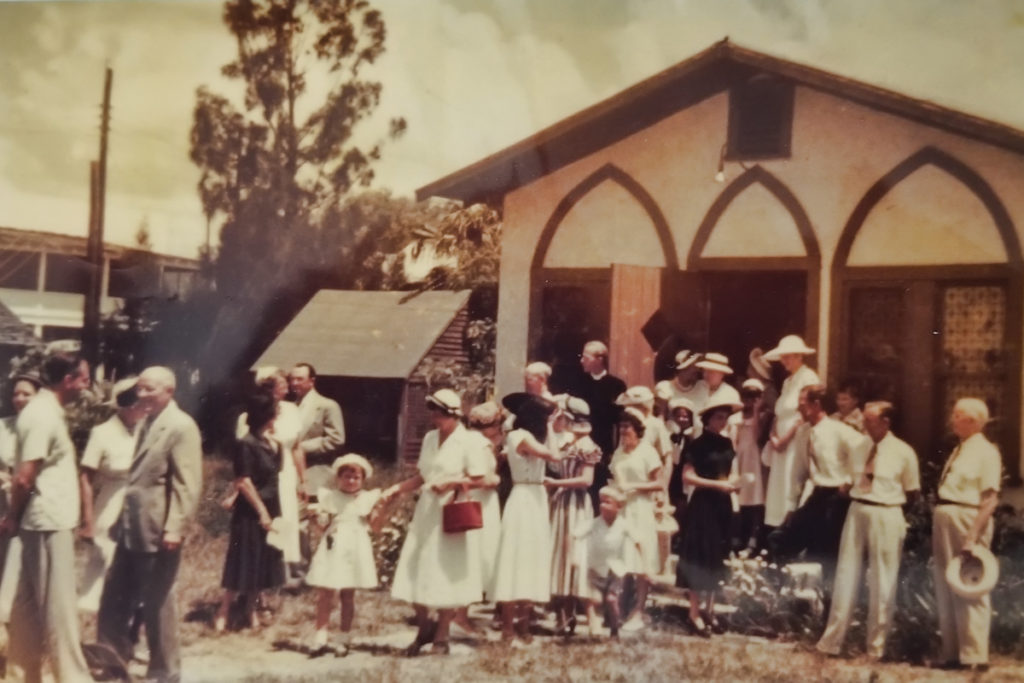
The 1895 church building, constructed over a hundred and twenty years ago, was made of good solid materials. Portions of the building are made of nearly indestructible Dade County pine.
In June of 2019, Olga Hamilton and Robert W. Hamilton, Jr, owners of Martin County Lifestyle Magazine, a social media marketing, photography and video production company, purchased the building of the town’s first church. Their mission is to restore the steeple and preserve the historic building. Visit us on Facebook – The 1895 Church of StuArt
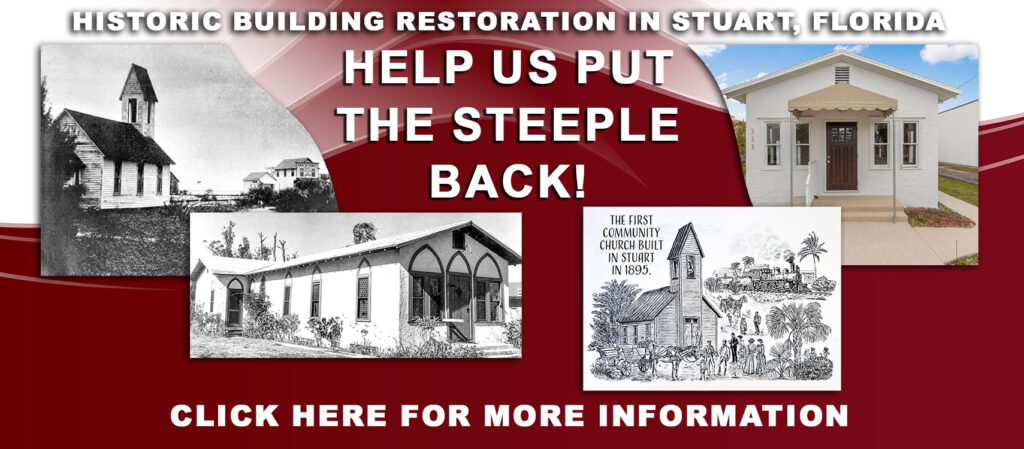
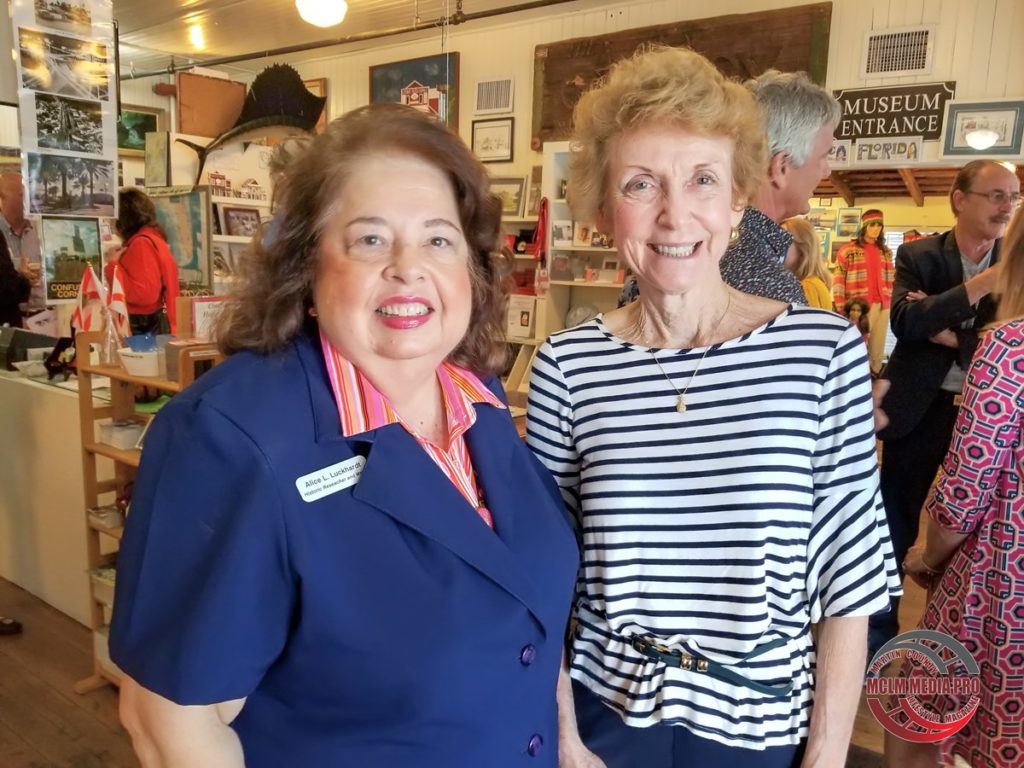
Alice L. Luckhardt, a native Floridian, historian, and genealogist, has collected and compiled rare photographs with interesting stories that document the life and times of Stuart’s early residents. These efforts, which include images from the archives of the Stuart Heritage Museum, Elliott Museum, and vast private collections, will thus preserve a permanent legacy to these industrious and daring pioneers.
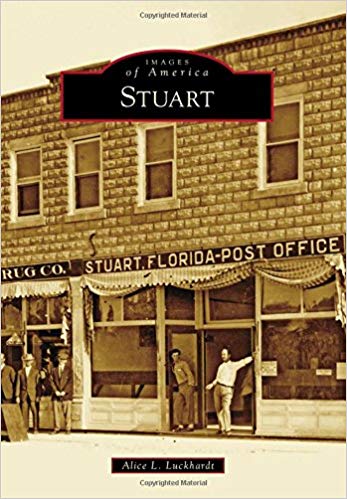
Sandra Thurlow has devoted thirty years to researching, collecting and sharing local history. Her three coffee-table-style books, Sewall’s Point: The History of a Peninsular Community on Florida’s Treasure Coast, first published in 1992 and republished in 2007, Stuart on the St. Lucie, published in 2002, and Historic Jensen and Eden on Florida’s Indian River, published in 2004, showcase photographs collected from pioneer families and community leaders. Sandra’s fourth book, Gilbert’s Bar House of Refuge ─ Home of History. published in collaboration with her daughter-in-law, Deanna Thurlow, was completed this March. The entire proceeds from book, which chronicles the history of Martin County’s oldest and most historic building, benefit the Historical Society of Martin County.
